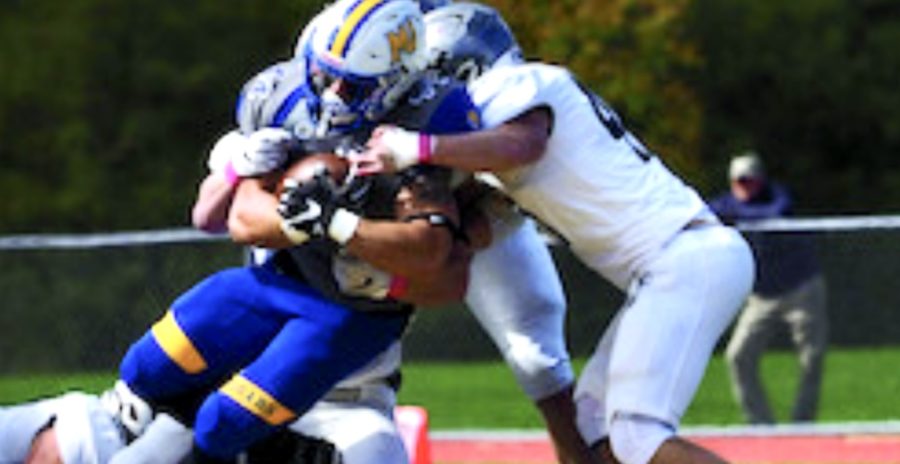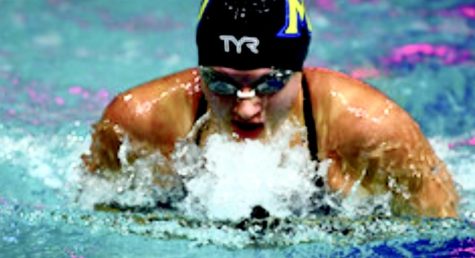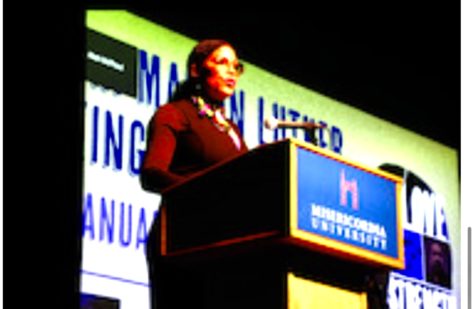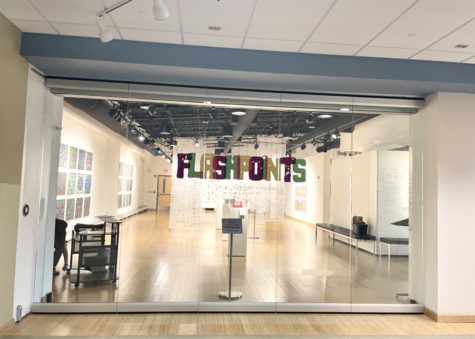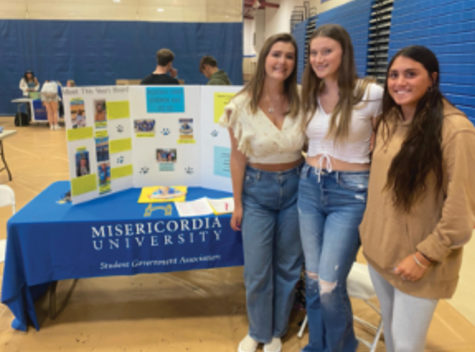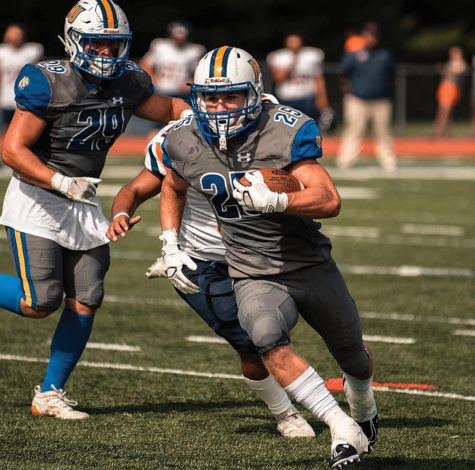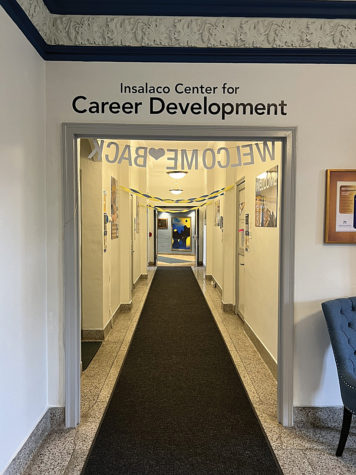Misericordia Football Rallying Recruitment Back After Pandemic
February 13, 2023
The COVID-19 pandemic had a deep impact on the college and high school football world as some high school athletes were unable to play their last season, thus impacting college football recruitment and leading to significant changes in the process.
The main ways college football changed included the use of virtual recruiting. With in-person visits and events canceled, college coaches have had to rely on video calls and online evaluations to scout and recruit players.
Delayed evaluations, the suspension of high school football seasons and camps has affected the evaluation process, making it challenging for coaches to determine the skills and potential of prospective players.
Many colleges have faced financial difficulties, leading to cuts in athletic budgets affecting the ability to recruit top talent. Some colleges have reduced the number of scholarships available for incoming football players, limiting the pool of recruits. With in-person recruiting opportunities limited, competition among colleges for top recruits has increased as coaches look for creative ways to stand out and connect with prospects.
At Misericordia University, the pandemic affected the recruiting process and restrictions had a major effect on the team.
“Some of the issues we faced during Covid were a lot of restrictions placed on us in what we can do,” said Dalton McCrann, offensive line and strength conditioning coach. “For example, the school restricted travel, both for us as football coaches and for prospective student athletes.”
Restrictions affected the struggles of not connecting to the players.
“We weren’t allowed to do in-school visits and our home visits are something we like to utilize, to kind of get that development on a personal connection with the recruits,” McCrann said. “The recruits were very limited in how long they could spend on campus and, even if they were allowed to come to campus, they put a restriction on them.”
The struggles also affected high school players, like sophomore linebacker Christian Ibe.
“Recruiting during Covid for me was tough because most schools that were looking at me or were recruiting me had tough Covid rules where it was hard for me to go out to go see them,” Ibe said. “So most of the time I had to use judgment of what was the better school by how it looked online.”
A New Jersey native, Ibe shared how being an out-of-state athlete during the Covid recruitment process was difficult.
“Coming out of the state to play football, from New Jersey to here, it’s like two hours, thirty minutes,” he said. “This is one of the schools that I visited during the Covid time and I liked it once I got back on campus. I thought it was the right choice.”
Now that the pandemic has calmed down, college coaches can recruit with less restriction and increase their rosters. In 2020, during the pandemic, colleges, were only allowed up to 25 scholarships but that has changed and the number has gone up to 32 scholarships. Although athletic scholarships are not offered at the Division III collegiate level, rosters still have to be filled without overloading.
“Obviously, all those restrictions have been lifted, so we’ve been able to recruit as a staff like we’ve known,” McCrann added. “We can have guys up from any state during the summer and then during the fall for game day visits.”
Recruiting for college football seems to be back to normal between high school athletes and college coaches. Visits are normal, scholarships are back to regularity and masks are no longer mandatory.

